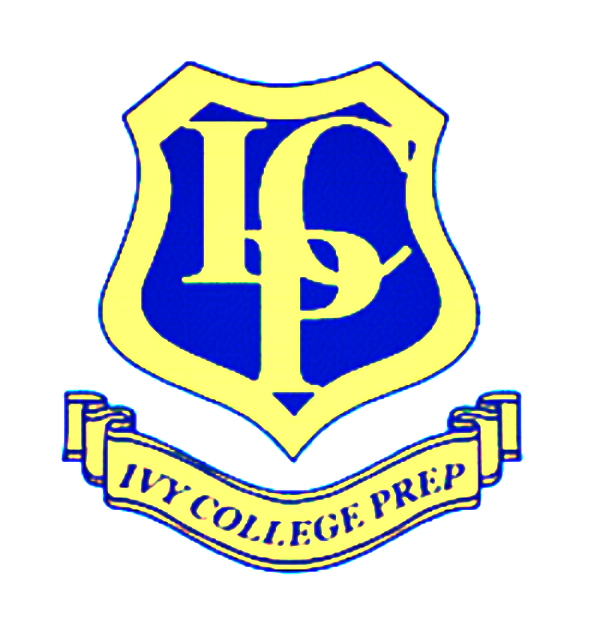What is the best way to improve student performance? In the United States, where student performance in science, math and reading is well below the international average (results from the 2006 Performance for International Student Assessment bear this out), we see a lots of ideas: vouchers, No Child Left Behind, publishing test results, hiring highly qualified teachers, giving the schools more autonomy, and granting incentives to teachers who perform. Now, another idea has dawned: rather than incentivize just the teacher for improving student performance, why not just go to the source of all performance issues, the student, and pay the incentives directly to him or her?
Desperate times for some school districts, like those in Washington DC or Dallas, require innovative measures. One such program, the Advanced Placement Incentive Program (APIP), was first implemented in 1996 across 10 Dallas schools. Now it's expanded to 61 schools in Texas and is set to expand to 150 districts across 20 states. It gives cash incentives to students and their teachers when a student passes his or her AP exam with a '3' or better. According to recent research by a Cornell economics professor, C. Kirabo Jackson, in "Education Next," a magazine published by Stanford University's Hoover Institute, "establishment of APIP results in a 30%increase in the number of students scoring above 1100 on the SAT or above 24 on the ACT, and an 8 percent increase in the number of students at a high school who enroll in college or university..."
Probably one of the better known practitioners of incentivizing student performance is Harvard's Roland Fryer, who at 30, just became a tenured professor in the economics department. When he was 15, a friend asked him what he'd be doing when he was 30, Fryer responded that he thought he'd be dead by then. At the time Fryer was living with his great-aunt and great-uncle who were running a crack business. Eventually he won a sports scholarship to the University of Texas, discovered he enjoyed studying, and then was recruited by Harvard to join the faculty at the age of 25. Professor Fryer currently oversees a privately funded AP rewards program in New York City, where 10,000 students in 62 schools earn cash and prepaid cell phone minutes for high state test scores and good grades
Naturally, there are many detractors of cash incentive programs. Barry Schwartz, a cognitive psychology professor from Swarthmore believes such programs will hamper study and inquiry, especially when monetary incentives are removed. Bob Schaeffer, of the National Center for Fair & Open Testing, bluntly states, "Bribing kids for higher test scores-or paying teachers bounties for their students' work-is similar to giving them steroids. Short-Term performance might improve but the long-term effects can be very damaging." (www.usatoday.com 27 January 2008, "Good Grades pay off literally" by Greg Toppo).
One of the strangest implementations of student cash incentives occurred recently at Baylor University in Texas. Admitted freshman were awarded a $300 credit for retaking the SAT. Those who raised their scores by more than 50 points received a $1,000 a year merit scholarship. Baylor sought to raise its entering class SAT statistics, and thereby boost its US News and World Report ranking. The outcry over the ethics of re-testing admitted students is still echoing throughout campus, leading a Baylor spokesman to announce it's ending the practice, and, "I think we goofed." (e-School News, November-December 2008 issue, p.3, "Curing Unemployment" by Gregg Downey).
Whether cash incentives for students will produce scholars or goofs will become evident over the coming years. From the most outrageous ideas comes, sometimes, good results. Let's hope this is one such case. Getting a "5" on an AP should certainly give a student as much a rush as winning the jackpot in Las Vegas. This has obviously led some to ask why not combine the two?

